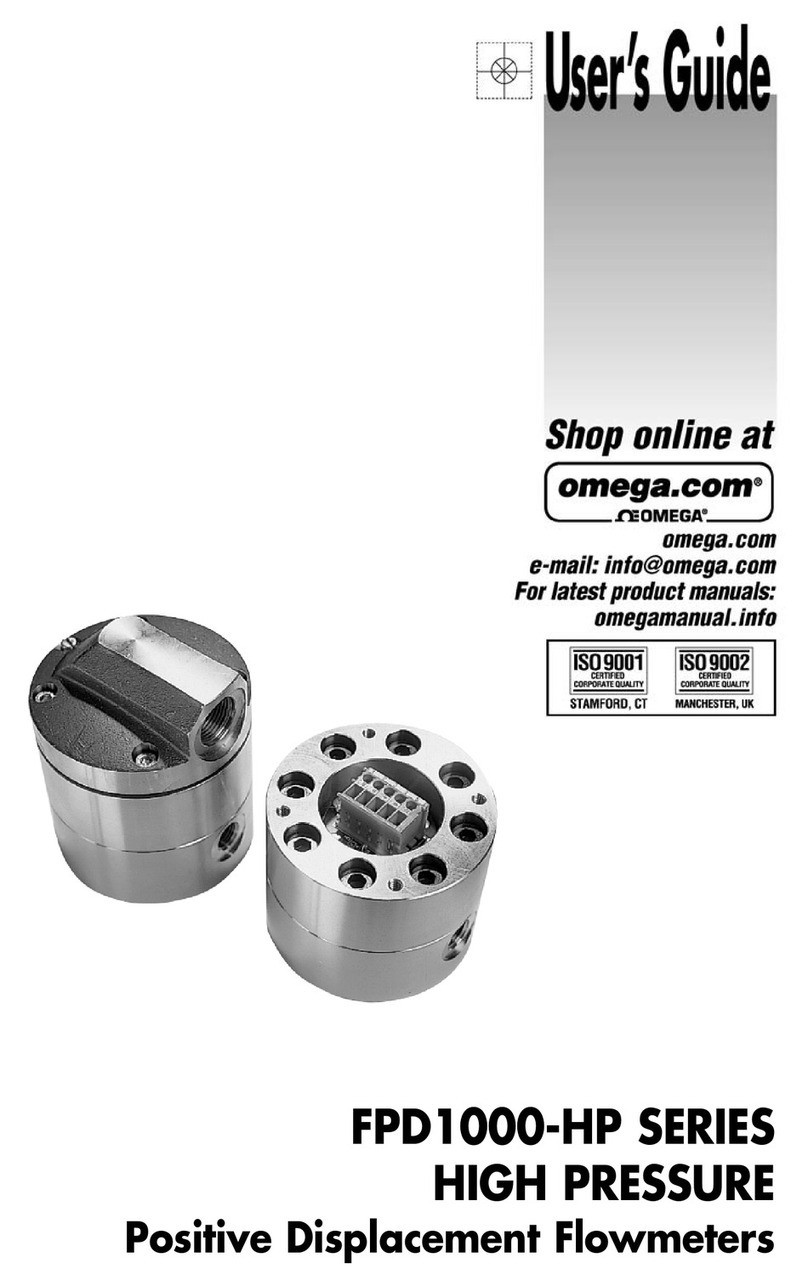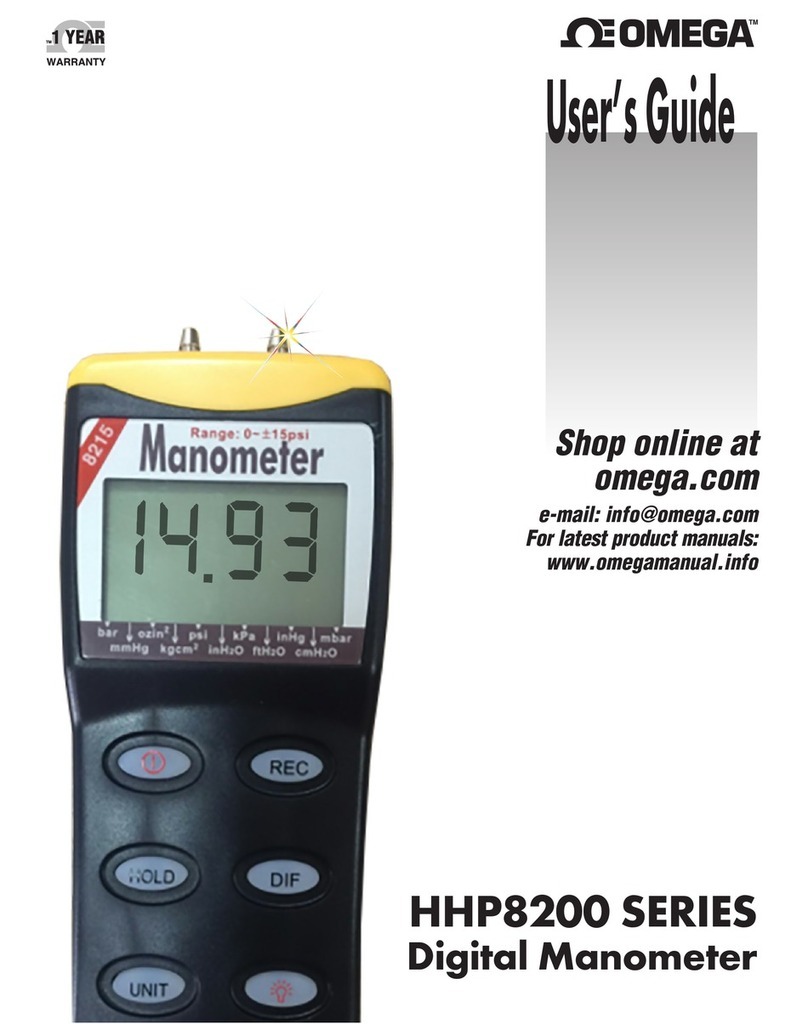Omega FMA 4000 User manual
Other Omega Measuring Instrument manuals
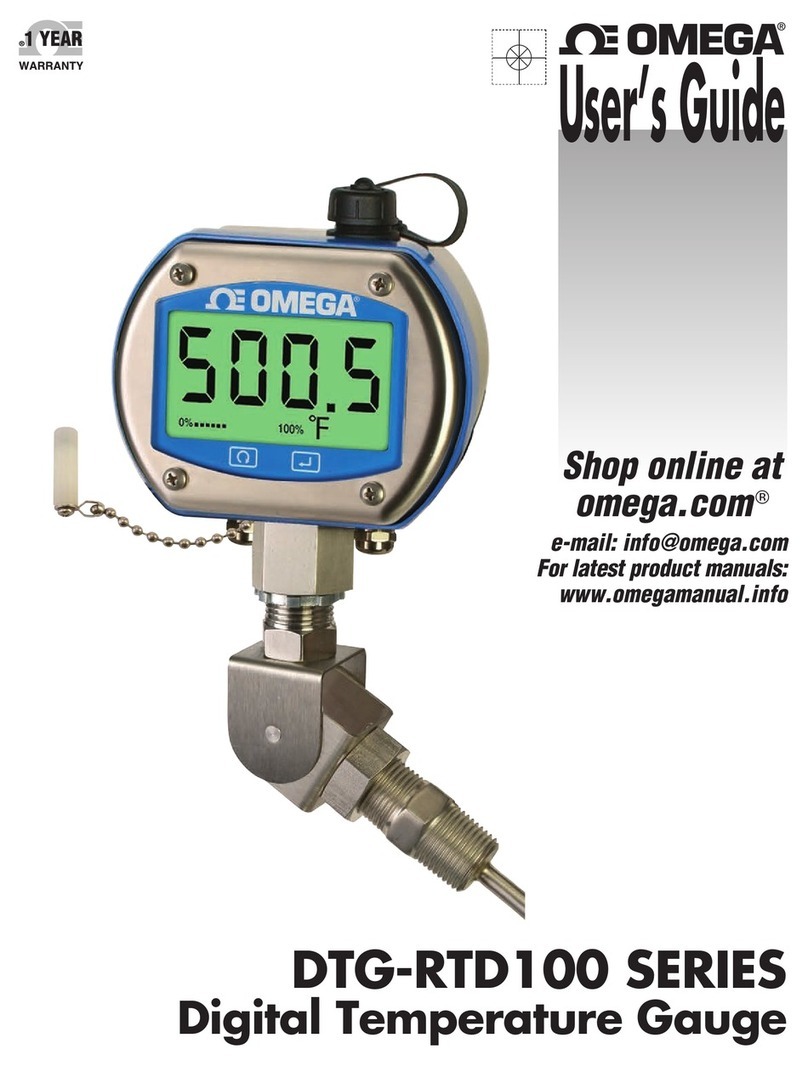
Omega
Omega DTG-RTD100 Series User manual
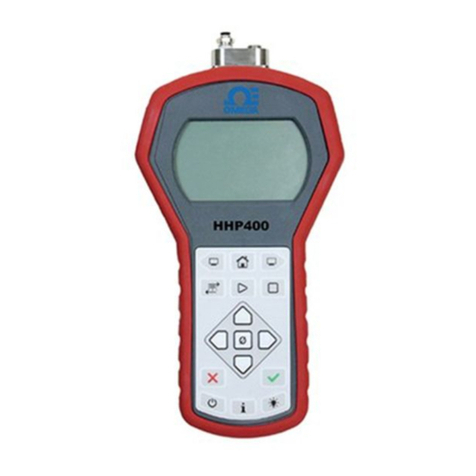
Omega
Omega HHP452 User manual

Omega
Omega HHP-SG User manual
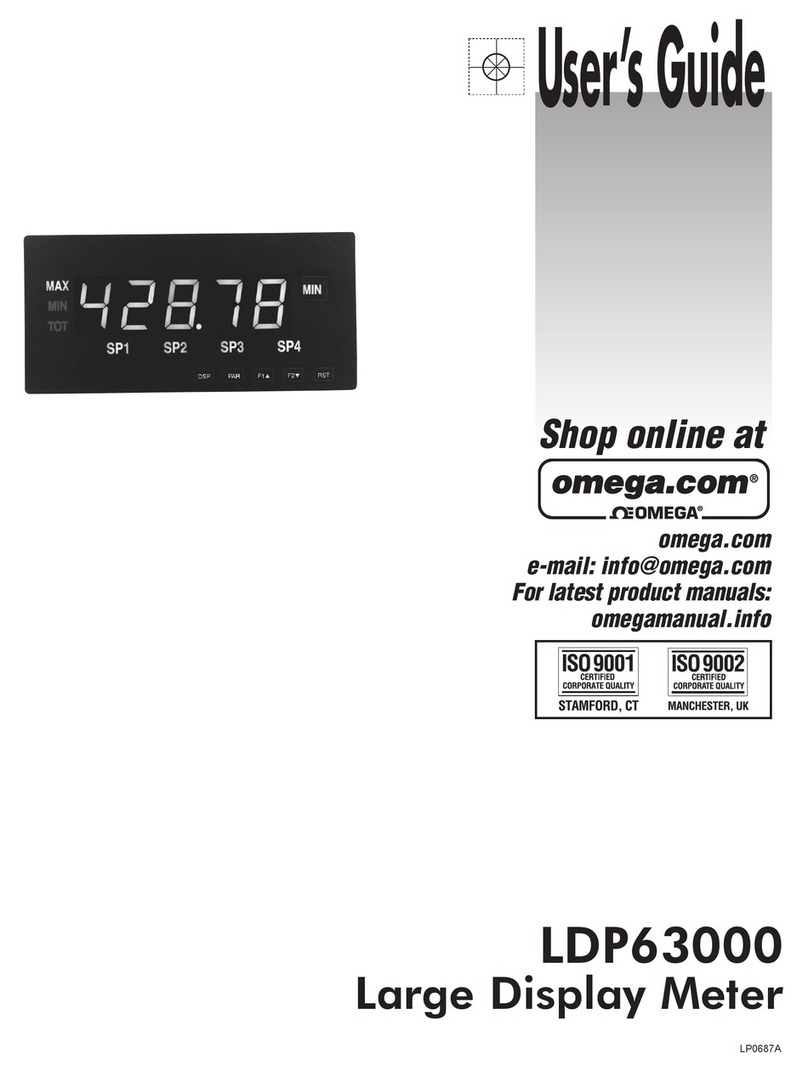
Omega
Omega LDP63000 User manual
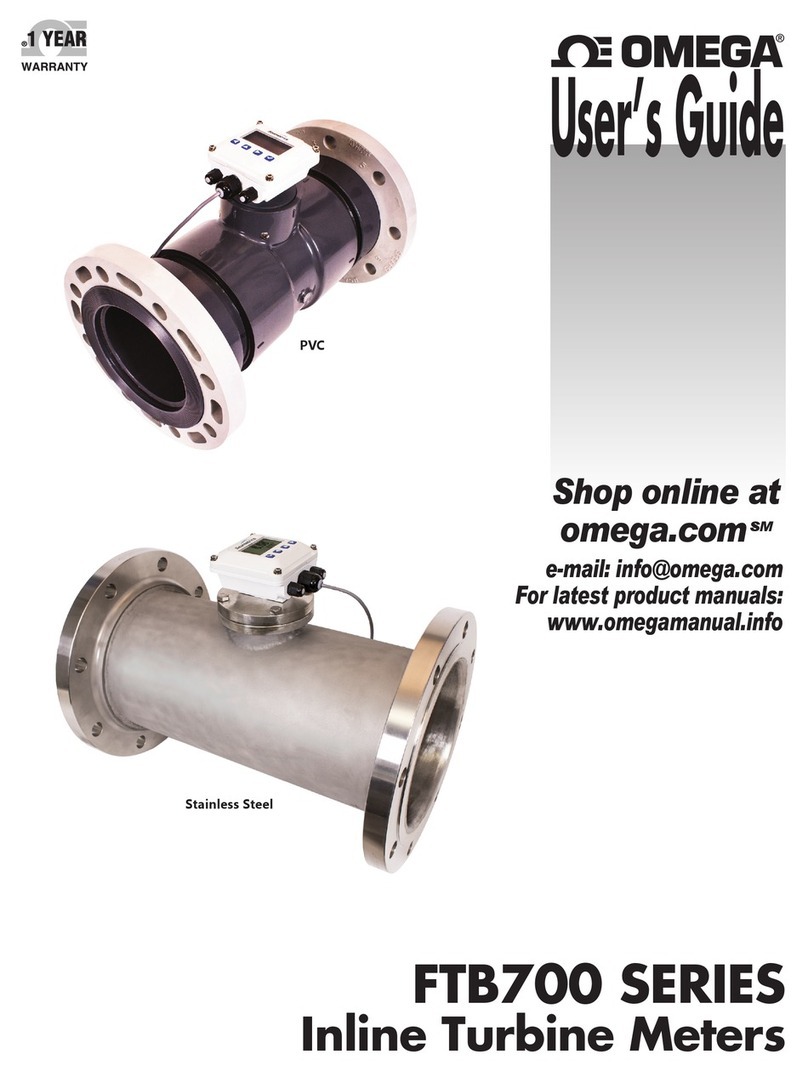
Omega
Omega FTB700 User manual
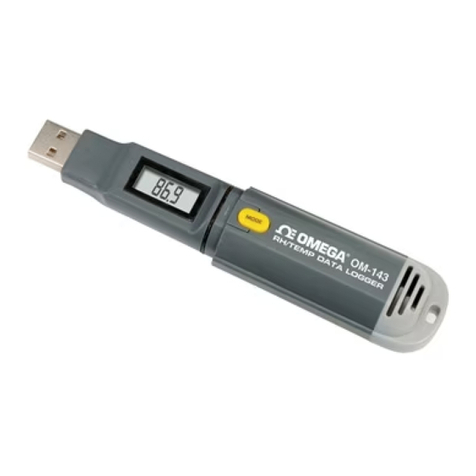
Omega
Omega OM-143 User manual
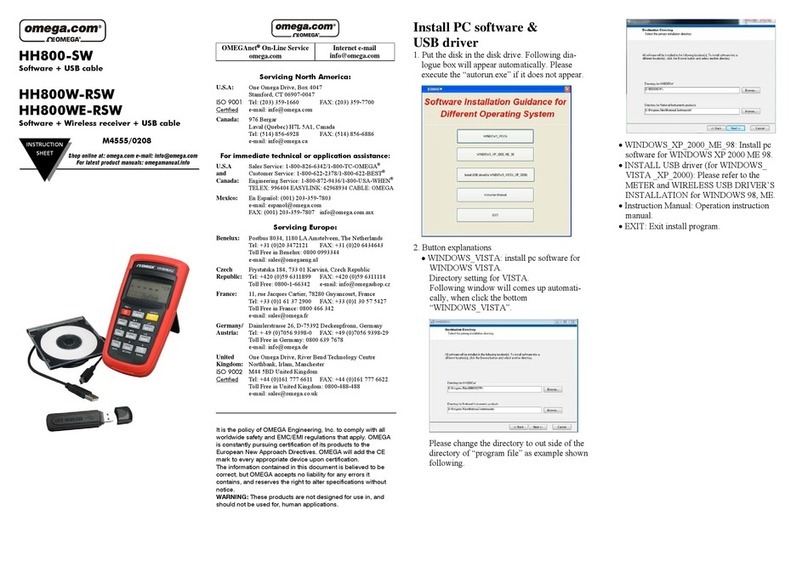
Omega
Omega HH800-SW User manual

Omega
Omega DPG1000ADA-30V100 User manual
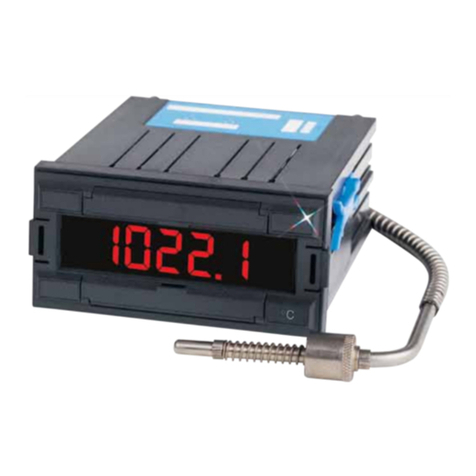
Omega
Omega DP18-P7 User manual

Omega
Omega HHG1394 User manual

Omega
Omega FMA 1500 User manual
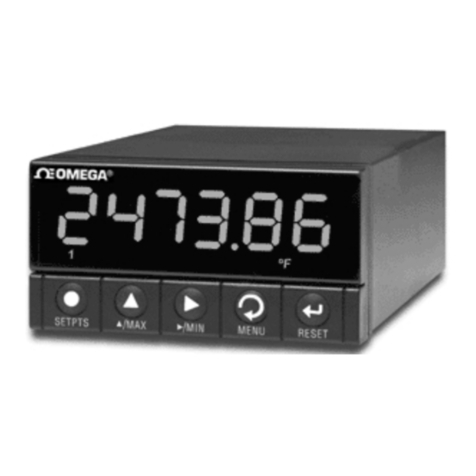
Omega
Omega DP41-B Series User manual
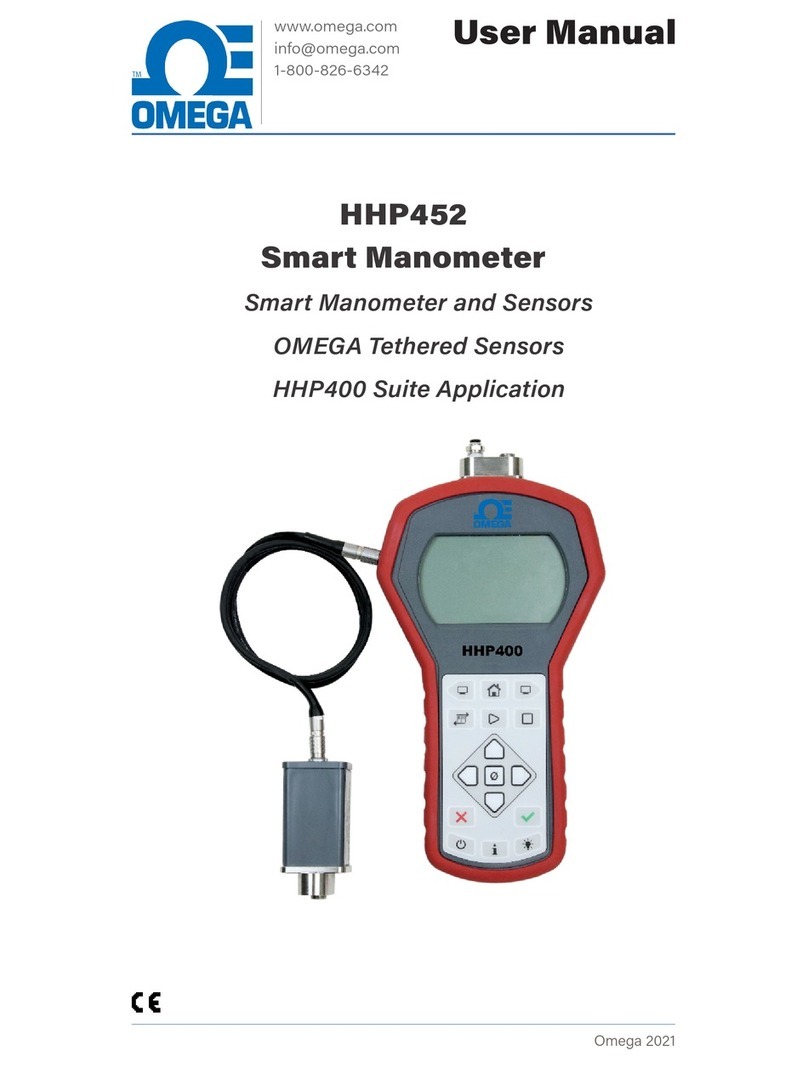
Omega
Omega HHP400 User manual
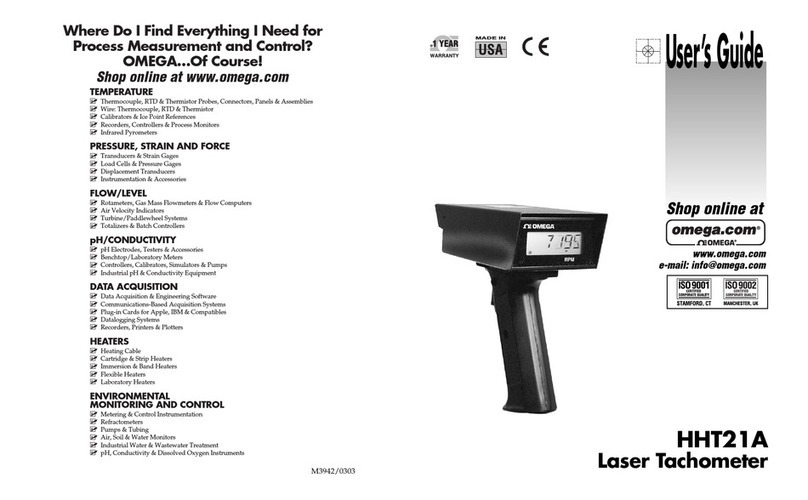
Omega
Omega HHT21A User manual

Omega
Omega FTB500 Series User manual

Omega
Omega DPG3500 Series User manual
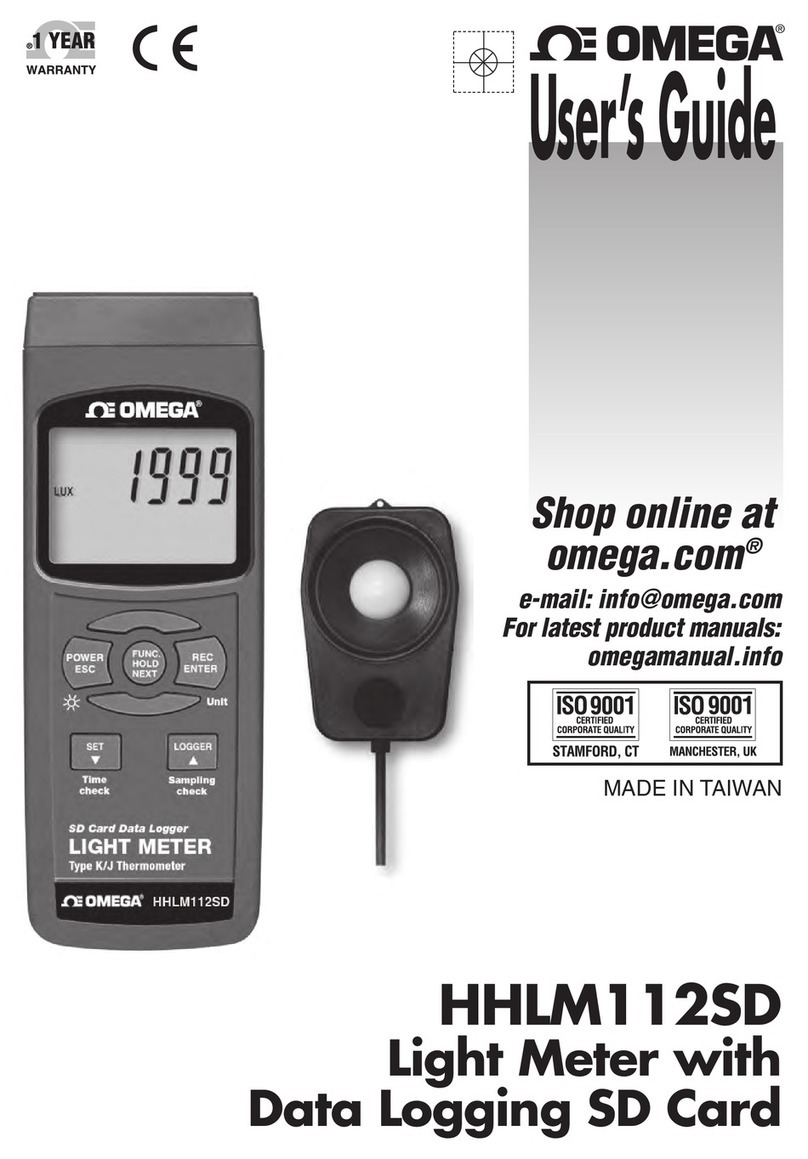
Omega
Omega HHLM112SD User manual

Omega
Omega DPG1001AD User manual
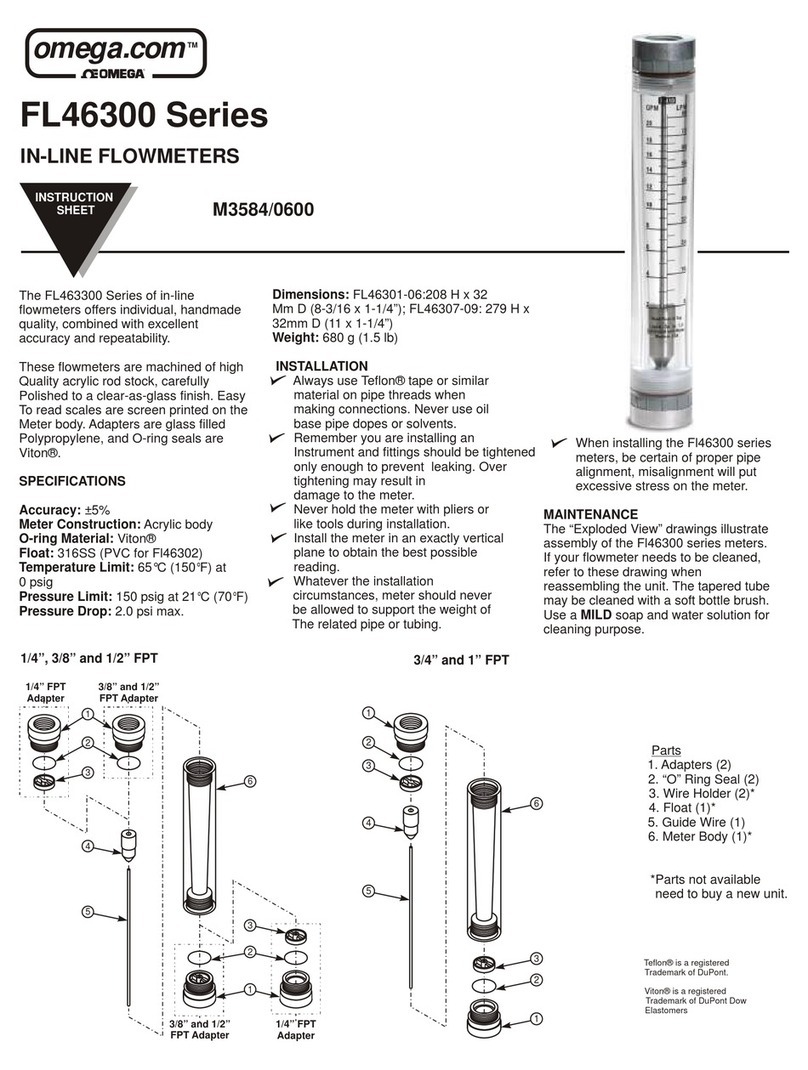
Omega
Omega FL46300 Series User manual
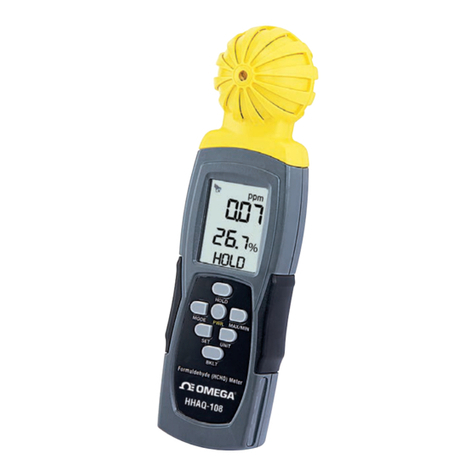
Omega
Omega HHAQ-108 User manual
Popular Measuring Instrument manuals by other brands

Powerfix Profi
Powerfix Profi 278296 Operation and safety notes

Test Equipment Depot
Test Equipment Depot GVT-427B user manual

Fieldpiece
Fieldpiece ACH Operator's manual

FLYSURFER
FLYSURFER VIRON3 user manual

GMW
GMW TG uni 1 operating manual

Downeaster
Downeaster Wind & Weather Medallion Series instruction manual

Hanna Instruments
Hanna Instruments HI96725C instruction manual

Nokeval
Nokeval KMR260 quick guide

HOKUYO AUTOMATIC
HOKUYO AUTOMATIC UBG-05LN instruction manual

Fluke
Fluke 96000 Series Operator's manual

Test Products International
Test Products International SP565 user manual

General Sleep
General Sleep Zmachine Insight+ DT-200 Service manual
